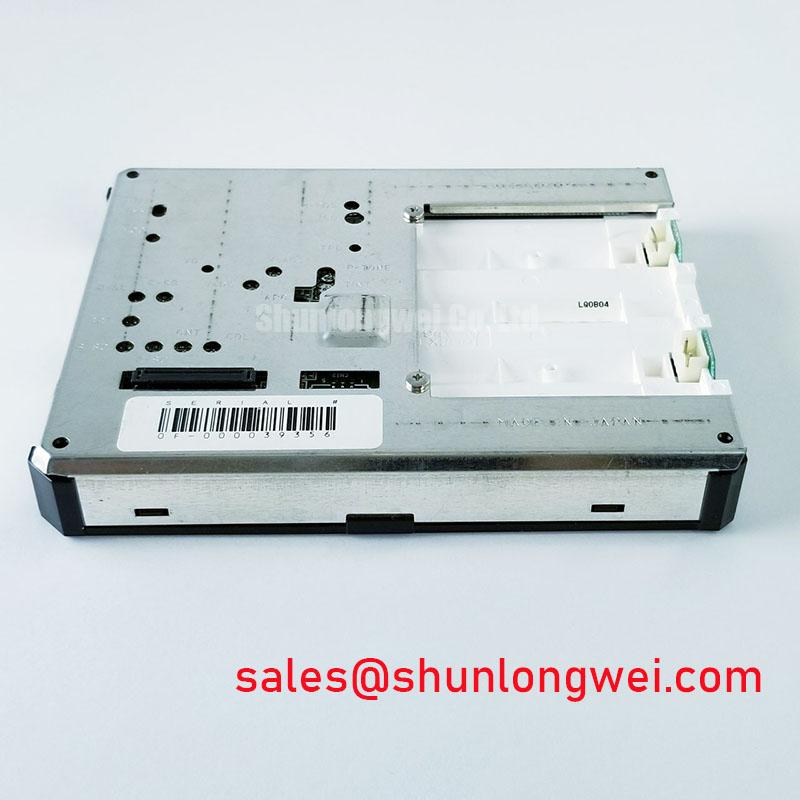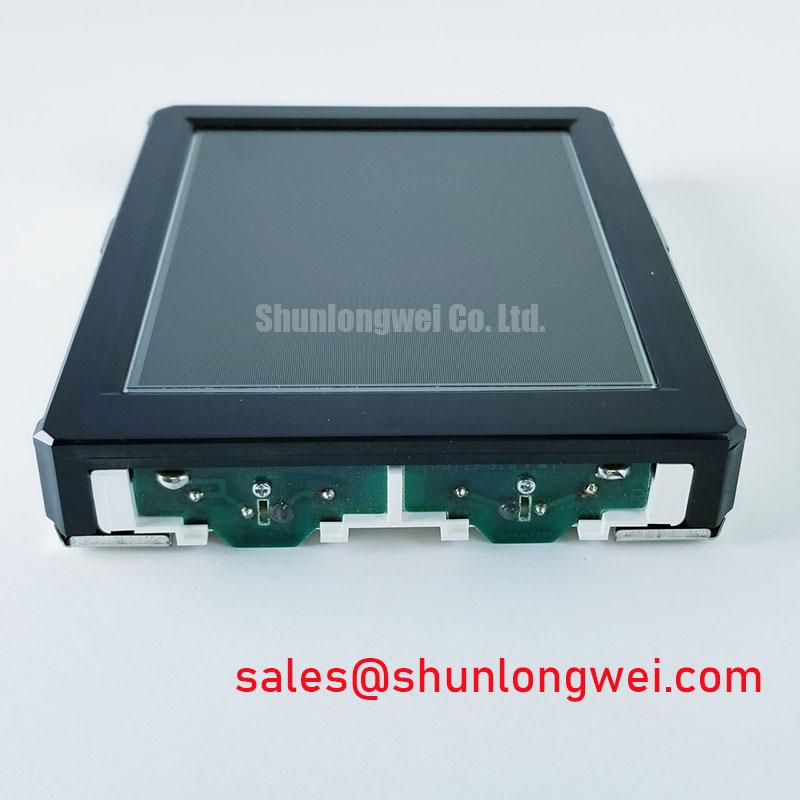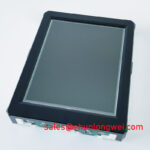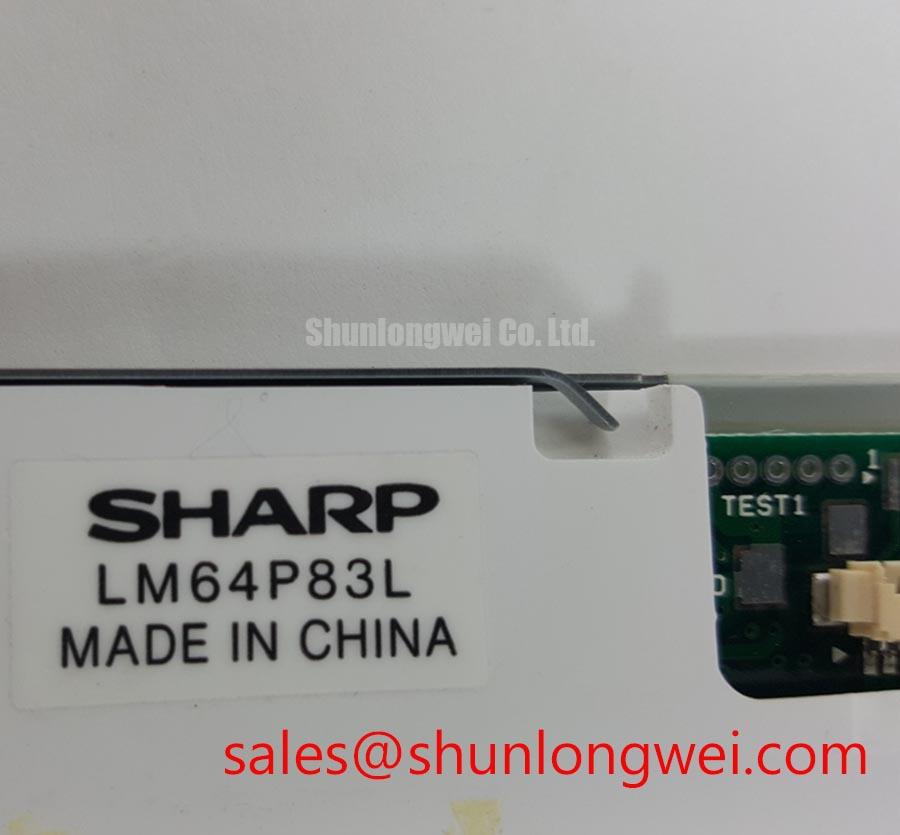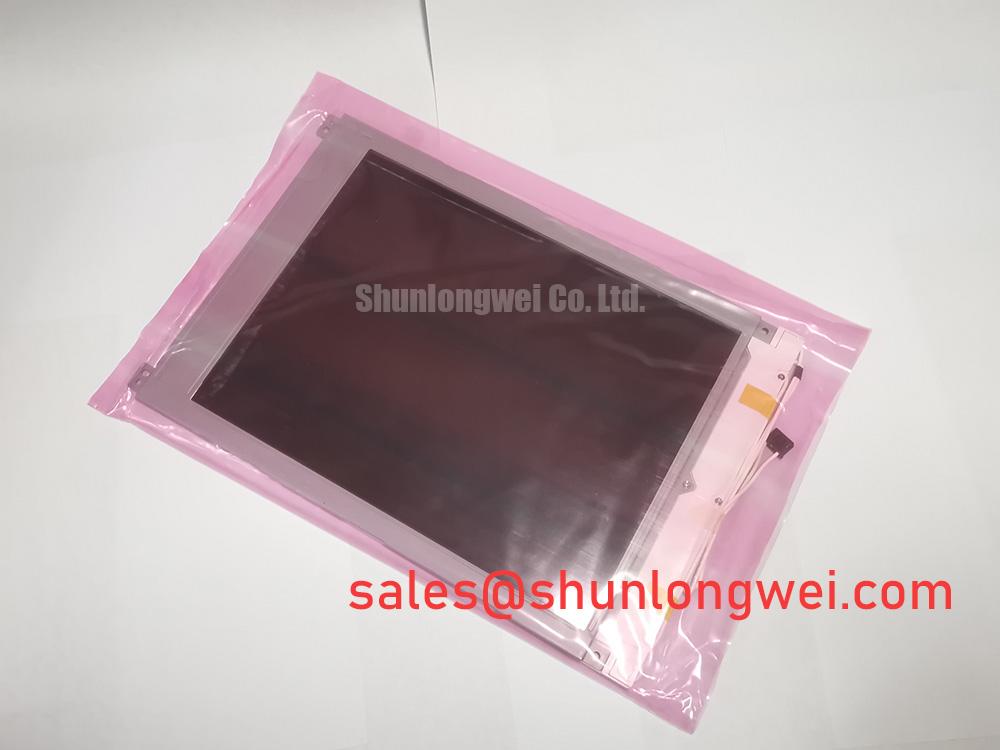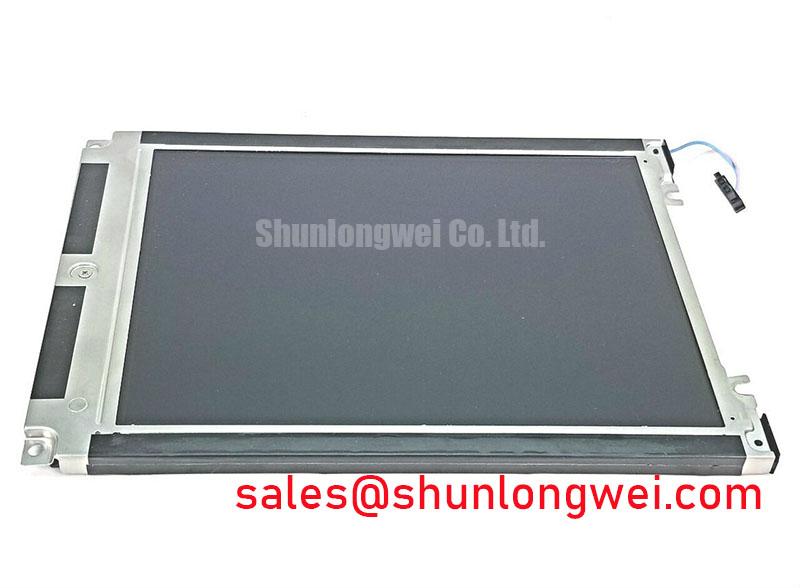Content last revised on November 18, 2025
Sharp LQ6NC01: Engineering a Compact 5.5" Analog TFT-LCD Display
An In-Depth Technical Review for System Integration
The Sharp LQ6NC01 is a compact 5.5-inch color TFT-LCD engineered for seamless integration into analog video systems, simplifying the design of portable and embedded HMIs. Delivering a resolution of 320 x 234 pixels on a single +3.3V logic supply, this display is optimized for legacy video standards. Key specifications include: 320x234 Resolution | NTSC/PAL Analog RGB Input | Integrated CCFT Backlight. It provides straightforward interfacing with analog sources and a low-voltage logic rail for simplified power design. This display directly addresses the challenge of integrating video into space-constrained equipment without requiring complex digital signal processing. For embedded systems requiring direct analog video input, the LQ6NC01 offers a proven and efficient display solution.
Application Scenarios & Value
System-Level Benefits in Portable and Legacy Equipment
What is the primary benefit of the LQ6NC01's analog interface? It allows for direct connection to NTSC and PAL video sources, drastically simplifying the video signal chain. This makes the Sharp LQ6NC01 an ideal candidate for applications where analog video is the native format. Consider the challenge of designing portable test equipment or a field service monitor; engineers can feed the analog output from a sensor or camera directly into the display module. This eliminates the need for an external Analog-to-Digital Converter (ADC), a scaler, and a digital interface driver (like an LVDS transmitter), which in turn reduces the PCB footprint, lowers the bill of materials (BOM), and shortens the design cycle. The display's architecture is a testament to efficient design for a specific, enduring engineering need.
This module excels in applications such as portable video surveillance monitors, medical diagnostic equipment with analog outputs, and industrial machine vision systems. It also serves as a robust solution for legacy system retrofits, where replacing an older CRT or a failing display with a modern digital equivalent would require a costly redesign of the host system's electronics. The LQ6NC01 provides a near drop-in path for extending the life of valuable capital equipment. For applications requiring a different form factor but similar analog input capabilities, designers might also evaluate the LQ065Y5DG02 or the LQ057Q3DG02 for alternative sizing options.
Key Parameter Overview
Decoding the Specs for Direct Analog Video Integration
The technical specifications of the Sharp LQ6NC01 are tailored for straightforward integration into analog-centric systems. The parameters below highlight its role as a component designed for efficiency and ease of use in specific industrial and portable applications. Each specification contributes to simplifying the overall system architecture.
| Specification | Value | Engineering Implication |
|---|---|---|
| Screen Size | 5.5 inch (14 cm) diagonal | Provides a compact viewing area suitable for handheld devices and small-footprint HMIs where space is at a premium. |
| Resolution | 320 (H) x 234 (V) pixels | Optimized for standard definition NTSC/PAL video signals, ensuring a 1:1 pixel mapping for clear, artifact-free analog video display. |
| Input Signal Interface | Analog RGB | The core value proposition. It's like having a built-in video decoder for your raw analog signals, removing the need for intermediate digital conversion hardware and simplifying the entire LVDS Interface-based signal chain found in modern displays. |
| Logic Supply Voltage (VCC) | 3.3V (Typ.) | Allows the display's logic to share a power rail with common microcontrollers and FPGAs, simplifying power tree design and reducing component count. |
| Backlight System | Built-in CCFT (Cold Cathode Fluorescent Tube) | The integrated light source simplifies mechanical assembly. Engineers only need to provide the high-voltage power from a suitable CCFT inverter. |
| Active Area | 113.3 (H) x 84.7 (V) mm | Defines the usable screen real estate, a critical parameter for graphical user interface (GUI) design and layout planning. |
| Operating Temperature | 0°C to +60°C | Specifies the reliable operational range, making it suitable for controlled indoor industrial and commercial environments. |
Note: This is a summary of key parameters. As a distributor, we cannot guarantee the absolute accuracy or completeness of this data.
Download the LQ6NC01 datasheet for detailed specifications and performance curves.
Frequently Asked Questions (FAQ)
How does the analog RGB interface simplify system design compared to a digital interface?The analog interface eliminates the need for digital video conversion components. For a system with a native analog output (like a composite video decoder), you can connect it almost directly to the display, bypassing ADCs, scalers, and digital transmitters (e.g., LVDS), which saves cost, board space, and firmware development time.
What kind of external circuit is needed for the LQ6NC01's backlight?The datasheet specifies a built-in CCFT, which requires a separate high-voltage AC inverter. Engineers must source or design a CCFT inverter that provides the specified startup and operating voltage/current for the backlight tube. The display's connector provides the pins to connect this external inverter.
Is the 320x234 resolution suitable for modern graphical interfaces?This resolution is specifically matched to standard definition (SD) analog video like NTSC (which has ~240 visible lines per field). It is excellent for displaying video or simple status information but is not intended for high-density text or complex, modern GUIs that are designed for VGA resolution or higher.
What is the significance of the 3.3V logic supply voltage?Operating on 3.3V makes the LQ6NC01 electrically compatible with the vast majority of modern microcontrollers, FPGAs, and system-on-chips without requiring level-shifters. This simplifies the power supply design and reduces the number of voltage rails needed on the PCB.
Can this display be used in outdoor applications?With an operating temperature range of 0°C to +60°C and a typical brightness associated with CCFT backlights, this module is intended for indoor or controlled environments. It is not designed for direct sunlight readability or operation in freezing temperatures without additional environmental controls.
Technical Deep Dive
A Closer Look at the Analog Interface and System Integration
The defining characteristic of the Sharp LQ6NC01 is its analog signal interface, a feature that feels almost archaic in a digital-first world but holds immense value in specific engineering contexts. Unlike a modern display that accepts digital data via LVDS or MIPI, the LQ6NC01 accepts separate analog Red, Green, and Blue signals, along with composite sync (CSYNC) and timing signals. Think of it as the raw input stage of a classic CRT monitor, but on a flat-panel display. This architecture provides a direct, low-latency path from an analog video source to the screen. For a portable video surveillance system, this means the feed from an NTSC/PAL camera can be displayed with minimal processing, which is crucial for real-time observation and reducing system complexity and power consumption.
Industry Insights & Strategic Advantage
The Enduring Role of Analog Displays in Legacy System Support
While the industry trends towards higher resolutions and digital interfaces, a significant installed base of industrial, medical, and aerospace equipment relies on analog video standards. The LQ6NC01 occupies a critical niche by providing a reliable COTS (Commercial Off-The-Shelf) solution for maintaining and extending the service life of this valuable capital equipment. When a proprietary CRT or an early-generation LCD in a decade-old CNC machine or medical imaging cart fails, a complete system replacement is often economically unfeasible. A component like the LQ6NC01, which can interface directly with the existing analog video output of the host system, presents a strategic advantage. It enables a "retrofit" strategy, minimizing downtime and engineering costs associated with redesigning the system's core electronics to support a modern digital display. This positions the LQ6NC01 not just as a display, but as a key enabler of long-term product lifecycle management for critical embedded HMI systems.
An Engineer's Perspective on Application Fit
From an integration standpoint, the LQ6NC01 is a problem-solver for a specific class of designs. Its value isn't in pixel density or color gamut, but in its electrical simplicity. For any project where the video source is inherently analog, this display removes an entire stage of signal conversion. This is a significant advantage in terms of both BOM cost and design validation, as it eliminates potential points of failure and signal integrity issues associated with high-speed digital interfaces. It represents a design philosophy where matching the component to the native signal format yields the most efficient and robust end-product.



